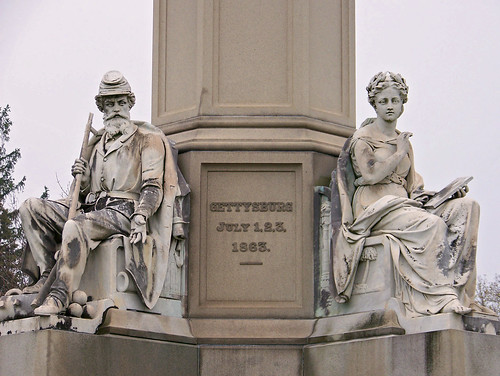
It's been a while since I've participated in a reading challenge. I'm ready to tidy up my big pile of books and bring some semblance of order to it! Because I have two NEW floor-to-ceiling bookshelves to flank my fireplace, I've been doing true "book work" this month. It's been fun sorting, organizing, fingering old favorites, and looking at long forgotten notes found inside some of the volumes. I've also uncovered quite a few duplicates, which will be passed on to either the church or homeschool library. There are some books I've intended to read that were tucked away, forgotten. Summer is the time to make a plan and dig in!
Here's my list:
*
Chesapeake- I remember seeing Michener novels at grocery stores and on nearly every adult's coffee table during my growing up years. He's written about 40 historical fiction books and I've always wanted to read at least one, so I chose
Chesapeake - reputed to be one of his best. I'm about half-way through this epic length story (1000+ pages) and enjoying every page. The broad sweep enlightens me as to how an idea is germinated in one generation and comes to fruition the next. Case in point: the Quakers' opposition to slavery. One thread of this story revolves around Quakers, and their history is so colorful. Since Michener was raised a Quaker, this thread has peculiar insight and interest.
*
How Does a Poem Mean?- recommended by Cindy at
Dominion Family, I am reading a poem each evening and enjoying the insights of the author along the way. I won't finish this in a summer, but will savor it slowly.
*
How Lincoln Learned to Read: Twelve Great Americans & the Educations That Made Them (by Daniel Wolff)- This is my "teacher read" for the summer. Each chapter highlights the education of a different historical personage. So far I've read about Ben Franklin, Abigail Adams, and Andrew Jackson. The modern chapters will include Rachel Carson, Jack Kennedy, and Elvis Presley. I'm enjoying the approach, learning history along with the ideas about teaching.
*
Women's Letters: America from the Revolutionary War to the Present- a monster sized book that I purchased for my oldest daughter to use in school next year, I was hooked as soon as I began perusing it. This is a collection of actual letters from the Revolutionary war era to the present. History becomes personal and very memorable when read in this fashion. There are selections from famous people and unknowns, writings on significant historical events and significant personal events. One letter is from a missionary woman in Hawaii, who had to undergo a mastectomy in the 1800's sans anesthesia. Can you imagine? She lived 20+ years after!
*
Refractions: A Journey of Faith, Art, and Culture (by Makoto Fujimura)- an artist's perspective on Ground Zero and how living through that experience impacted his art.
*
Culture Making: Recovering Our Creative Calling by Andy Crouch--an encouragement to contribute to building culture rather than to just criticize it.
Mosey on over to
Seasonal Soundings to look at what other bloggers are reading this summer, then throw your own picks into the hat!











